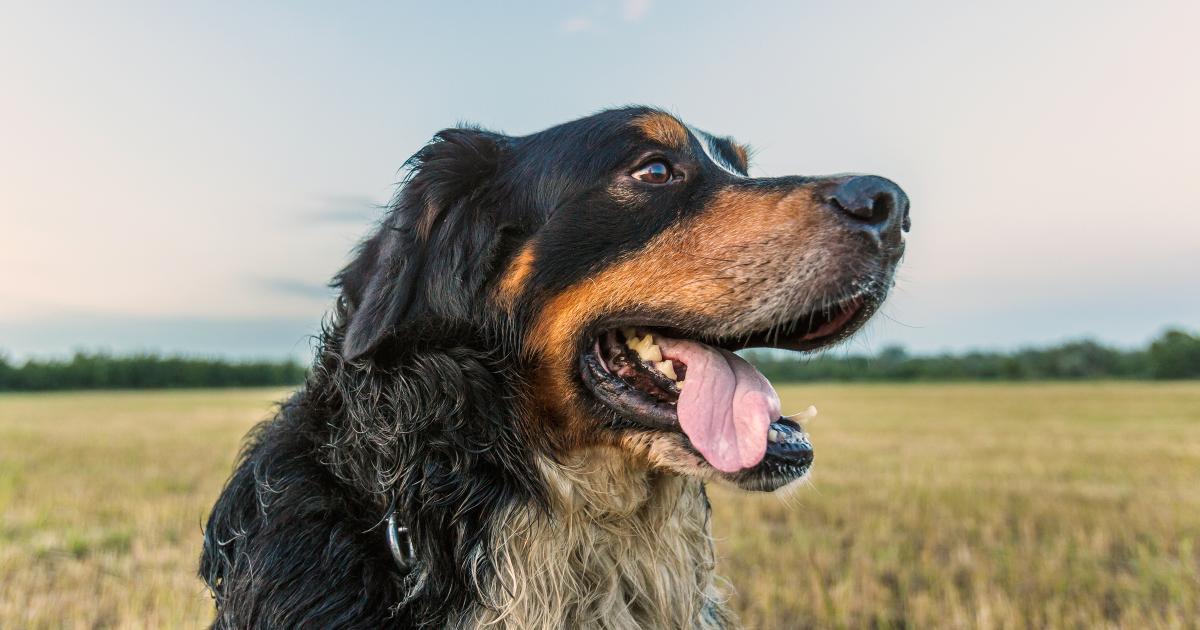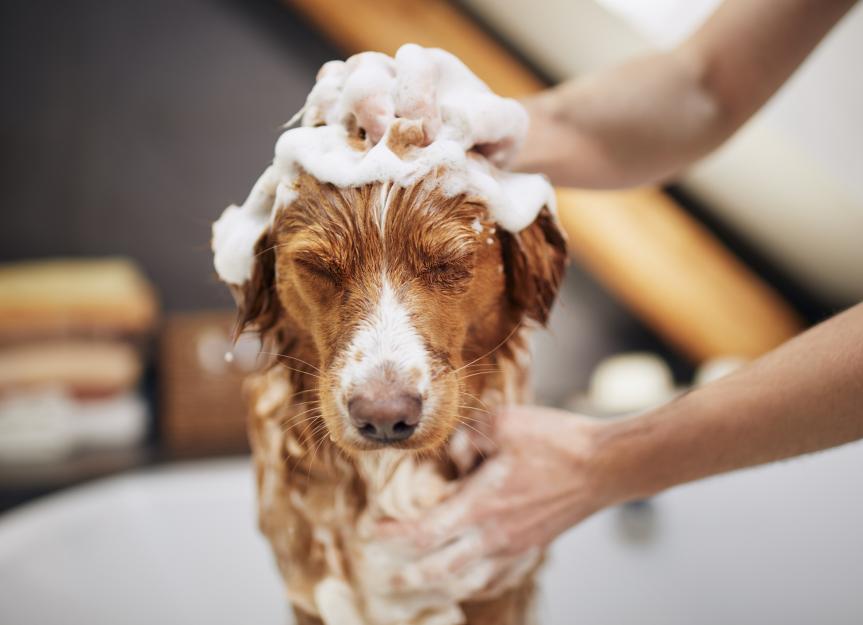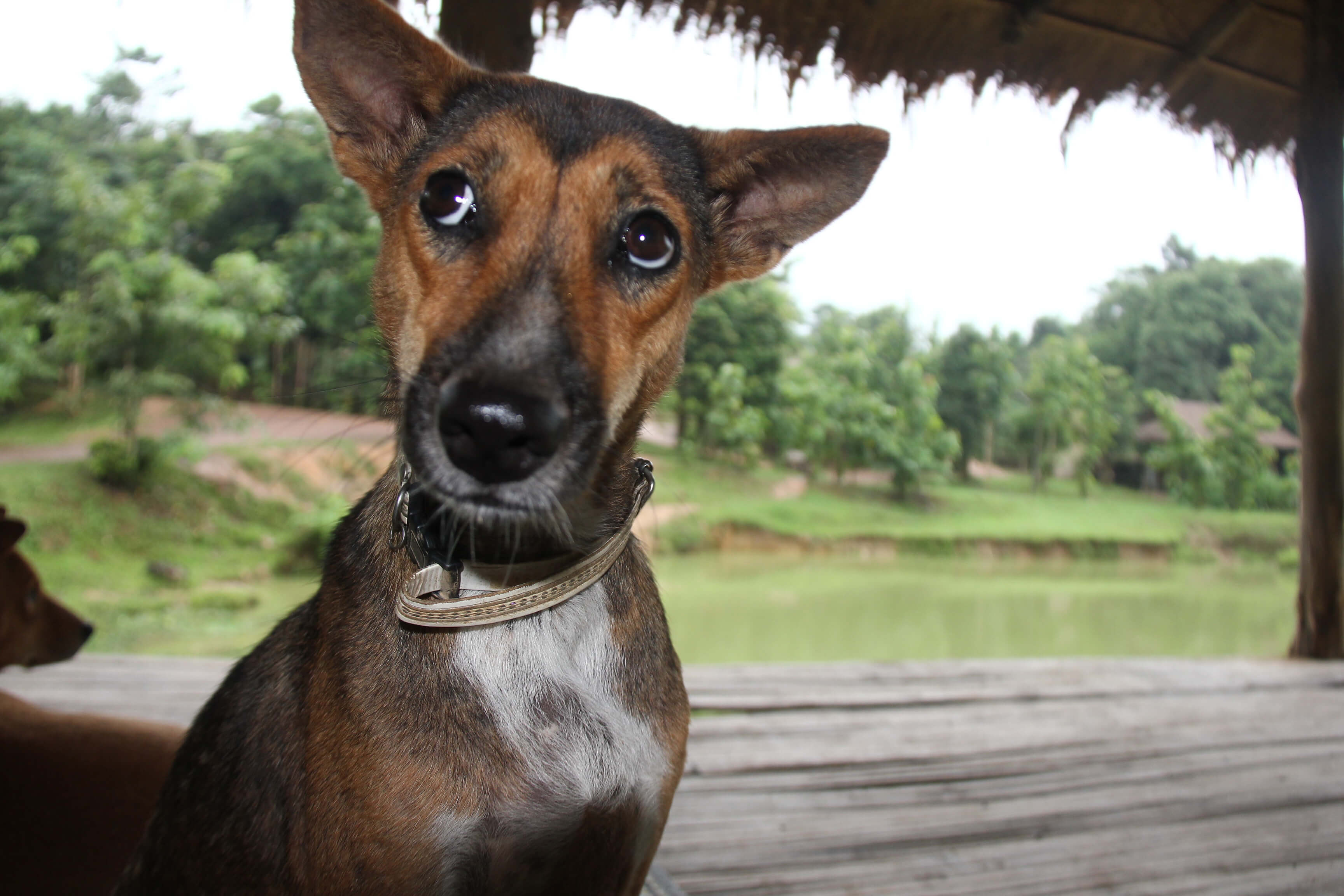QuantumHusky
Citizen of Zooville
This article is going to be difficult to write as there are a lot of differing opinions. It is going to be in a more digestible format than my other articles (links in profile). So let's keep the facts straight! No opinions here just science! I love my girls but in the end, we have to choose what is best for their health and I believe that there is a lot of misinformation rolling around regarding proper flea management and prevention as well as control. Luckily we are all Zoos here so I know I have open minds that are willing to take the time and be informed about something so important that really could be a life or death decision. So without delay here is my article on fleas, the prevention of, and what not to/ to do. Written with love <3 Enjoy!
So why can't dogs have garlic? Well, garlic and other members of the allium family, including onions, contain thiosulfate, which is toxic to dogs but not to humans. Thiosulfate causes oxidative damage to red blood cells, resulting in hemolytic anemia. Symptoms of anemia include pale mucous membranes, rapid breathing, lethargy, weakness, jaundice, and dark-colored urine.
One of the most common (and dangerous) chemicals found in flea collars is Tetrachlorvinphos (TCVP), an organophosphate insecticide that works by interrupting a flea’s central nervous system. Unfortunately TCVP—which the EPA lists as a carcinogen—also wreaks havoc on the human central nervous system. Which shouldn’t come as a surprise, given that organophosphates are a central ingredient in several biological weapons, including nerve gas.
Okay okay, Quantum Husky How about Flea and Tick shampoo?
The issue with these products is that they can cause hives, congestion, itching, extreme sensitivity, shock, respiratory distress, death, excessive (hyper) salivation, paw flicking, ear twitching, mild depression, vomiting, protracted vomiting, diarrhea, depression, incoordination, and muscle tremors.
So what options do I have?
Adult fleas may begin to die as quickly as four hours after contact with diatomaceous earth. The particles may kill some flea larvae as well, but it is not effective against flea eggs or pupae. Spreading this around your yard will help with fleas and other harmful bugs as well.
Surprisingly this common household product can be used safely on dogs that don't have any skin issues or skin-related conditions. Fleas have exoskeletons that allow them to float in water. Dawn (and other soaps like it) creates a kind of surfactant or surface tension, that will compromise the exoskeleton and make adult fleas sink. So essentially, the soap drowns the fleas.
REMEMBER! It's important to treat your lawn for these unruly pests as well as vacuum rugs and furniture frequently and launder animals’ bed covers weekly, if necessary, during the flea season.
This IS INSANE! Always do your research on products and the chemicals within. Thanks for taking your time to read this article. Links to reference material below.
Garlic as a Flea Repellant/ Supplement for dogs? 
So why can't dogs have garlic? Well, garlic and other members of the allium family, including onions, contain thiosulfate, which is toxic to dogs but not to humans. Thiosulfate causes oxidative damage to red blood cells, resulting in hemolytic anemia. Symptoms of anemia include pale mucous membranes, rapid breathing, lethargy, weakness, jaundice, and dark-colored urine.
What about Flea Collars? 
One of the most common (and dangerous) chemicals found in flea collars is Tetrachlorvinphos (TCVP), an organophosphate insecticide that works by interrupting a flea’s central nervous system. Unfortunately TCVP—which the EPA lists as a carcinogen—also wreaks havoc on the human central nervous system. Which shouldn’t come as a surprise, given that organophosphates are a central ingredient in several biological weapons, including nerve gas.
Okay okay, Quantum Husky How about Flea and Tick shampoo?
The issue with these products is that they can cause hives, congestion, itching, extreme sensitivity, shock, respiratory distress, death, excessive (hyper) salivation, paw flicking, ear twitching, mild depression, vomiting, protracted vomiting, diarrhea, depression, incoordination, and muscle tremors.
So what options do I have?
There are several options instead of using poison that will leach into your dog.
The ones that work for me are!
Diatomaceous Earth FOOD GRADE
The ones that work for me are!
Diatomaceous Earth FOOD GRADE
Adult fleas may begin to die as quickly as four hours after contact with diatomaceous earth. The particles may kill some flea larvae as well, but it is not effective against flea eggs or pupae. Spreading this around your yard will help with fleas and other harmful bugs as well.
Dawn Dish Soap 
Surprisingly this common household product can be used safely on dogs that don't have any skin issues or skin-related conditions. Fleas have exoskeletons that allow them to float in water. Dawn (and other soaps like it) creates a kind of surfactant or surface tension, that will compromise the exoskeleton and make adult fleas sink. So essentially, the soap drowns the fleas.WHAT IF I HAVE TO USE A MEDICATED PRODUCT TO CONTROL FLEAS IF THESE DON'T WORK?
Well PETA suggests that effective flea-control programs employ a multifaceted approach that treats the environment as well as the animal and I agree with them. Some suggestions are to make an effective natural insect repellent for dogs that can be applied daily, add five drops each of tea tree oil, citronella oil, rosemary oil, peppermint oil, and eucalyptus oil to one cup of water, shake it, and put it in a spray bottle. As well as using a gentle herbal shampoo that can be effective and can be used as often as once a week, although too frequent bathing can dry out animals’ skin. When shampooing, use warm water and begin with a ring of lather around the animal’s neck so that fleas cannot climb onto the animal’s face.
REMEMBER! It's important to treat your lawn for these unruly pests as well as vacuum rugs and furniture frequently and launder animals’ bed covers weekly, if necessary, during the flea season.
WHY ARE THESE THINGS I SHOULD CONSIDER WHEN WHAT I HAVE BEEN DOING HAS BEEN WORKING ALL ALONG?
Well sadly we live in a "Human Centric" environment and a lot of the time people will overlook the safer route for the quicker lazy route. The fact that companies are getting away with some of the crap they do is dizzying. For example, thousands of pets are being harmed, according to federal documents by Seresto flea and tick collars with 1,698 related pet deaths. The EPA has received more than 75,000 incident reports related to the collars, including nearly 1,000 involving human harm, and yet the EPA appears to be turning a blind eye to this problem.
This IS INSANE! Always do your research on products and the chemicals within. Thanks for taking your time to read this article. Links to reference material below.
Last edited:


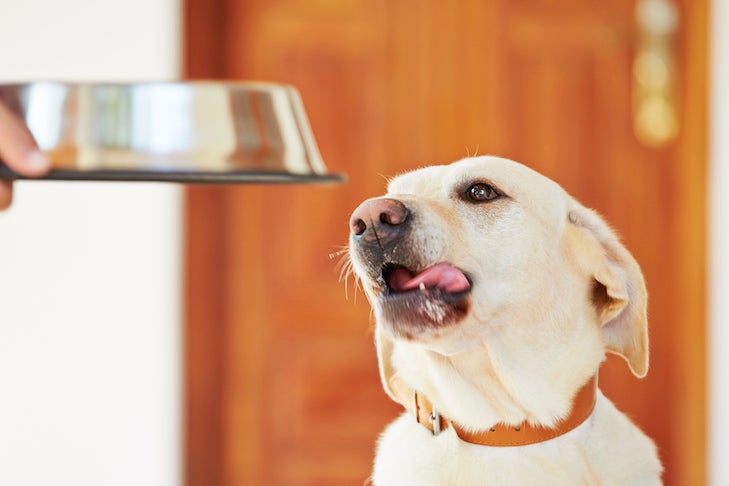
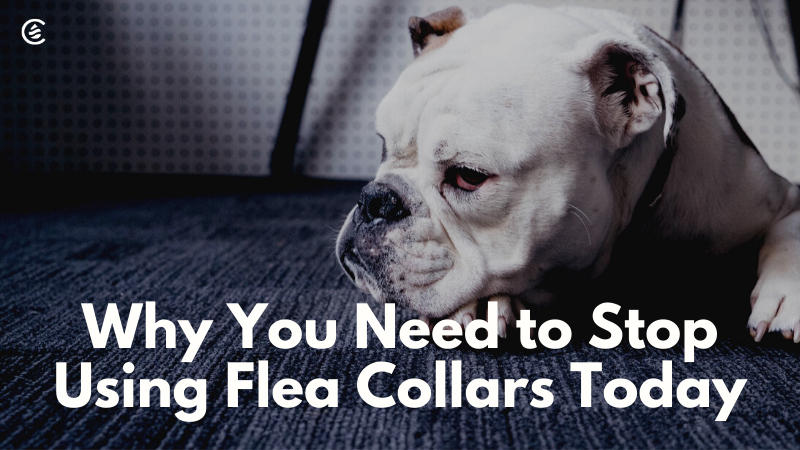
:max_bytes(150000):strip_icc():focal(999x0:1001x2)/gettyimages-760255115-5f5f2d98af214328818833f8b90e7ba8.jpg)
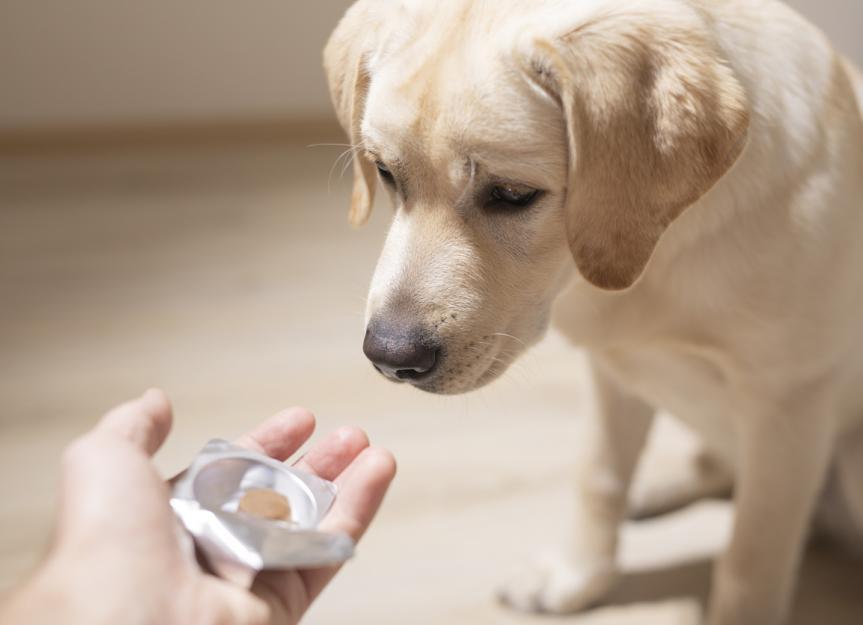
:strip_icc()/dog-itching-57b7457e3df78c8763a11b31.jpg)
